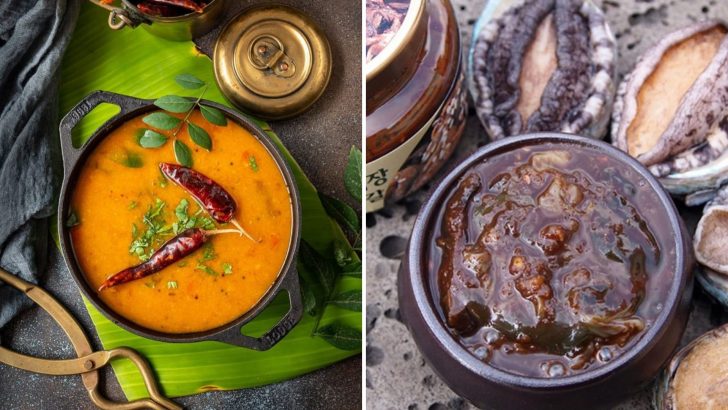Uncover the culinary history of the world with 11 of the oldest recorded recipes still known to us today. These ancient dishes have survived the test of time, offering a glimpse into the flavors and traditions that shaped early civilizations.
Each recipe holds stories of creativity, resourcefulness, and the birth of culinary techniques that have influenced modern cooking. Take a journey back in time and rediscover the origins of food as we know it, connecting the past with the present in every bite.
1. Nettle Pudding
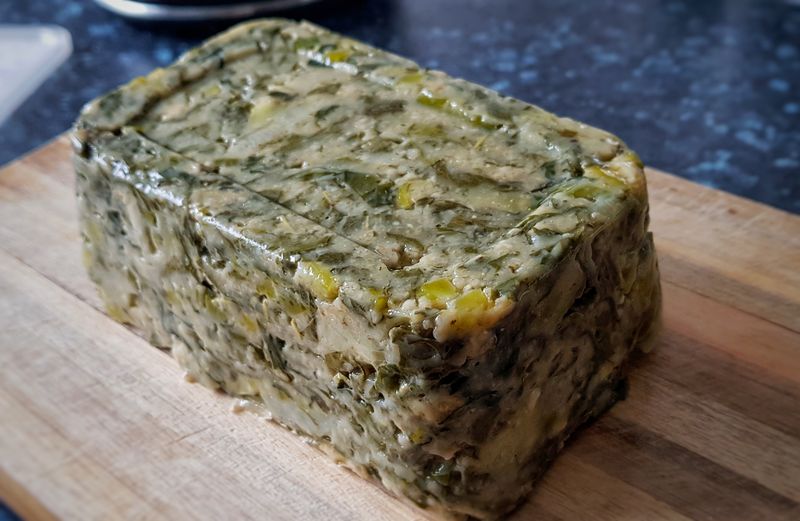
Nettle pudding serves as a testament to ancient culinary ingenuity. This fascinating dish, made from nettle leaves, dates back to 6000 BC. Combining nettles with barley, oats, and a hint of wild herbs, it offers a nutritious meal.
Surprisingly, nettle pudding is still cherished today. Exploring its earthy flavors, one can appreciate its simple yet wholesome nature.
2. Mesopotamian Stew

This ancient stew, found on cuneiform tablets, showcases the culinary expertise of the Mesopotamians. Typically made with lamb or mutton, it was infused with garlic, onions, leeks, and aromatic herbs and spices like coriander and cumin.
A staple in their diet, this hearty dish celebrated the agricultural prosperity of Mesopotamian society and its remarkable culinary traditions.
3. Egyptian Bread

Bread was a fundamental part of the ancient Egyptian diet, with the word for “bread,” or “eish,” meaning “life” in modern Egypt. Made mainly from emmer wheat or barley, it was baked in communal ovens and served daily.
The shape and flavor of the bread varied based on the occasion, and sometimes it was sweetened with honey or dates. It was commonly enjoyed alongside beer, another essential element of the Egyptian diet.
4. Greek Kykeon
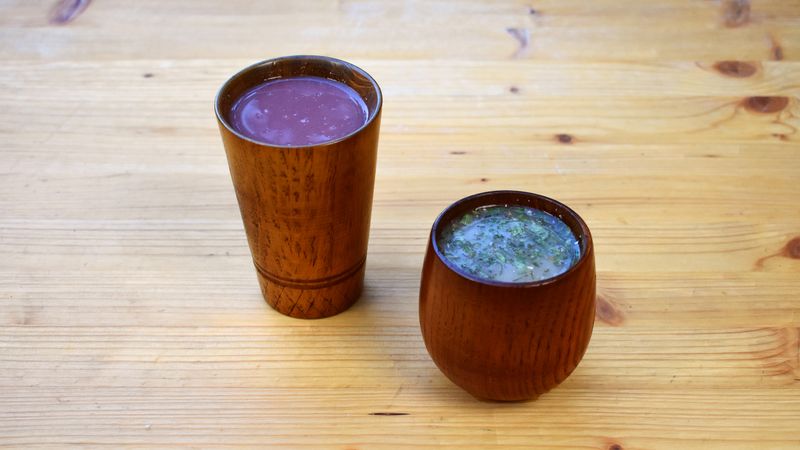
Kykeon was a key part of ancient Greek religious rituals, particularly during the Eleusinian Mysteries, sacred ceremonies honoring the goddess Demeter. The drink was typically made from a basic mix of water, barley, and herbs, though wine or cheese were sometimes added for variety.
It was believed to have a psychoactive component that induced altered states of consciousness, helping participants connect more deeply with the divine during these secretive rites.
5. Roman Garum
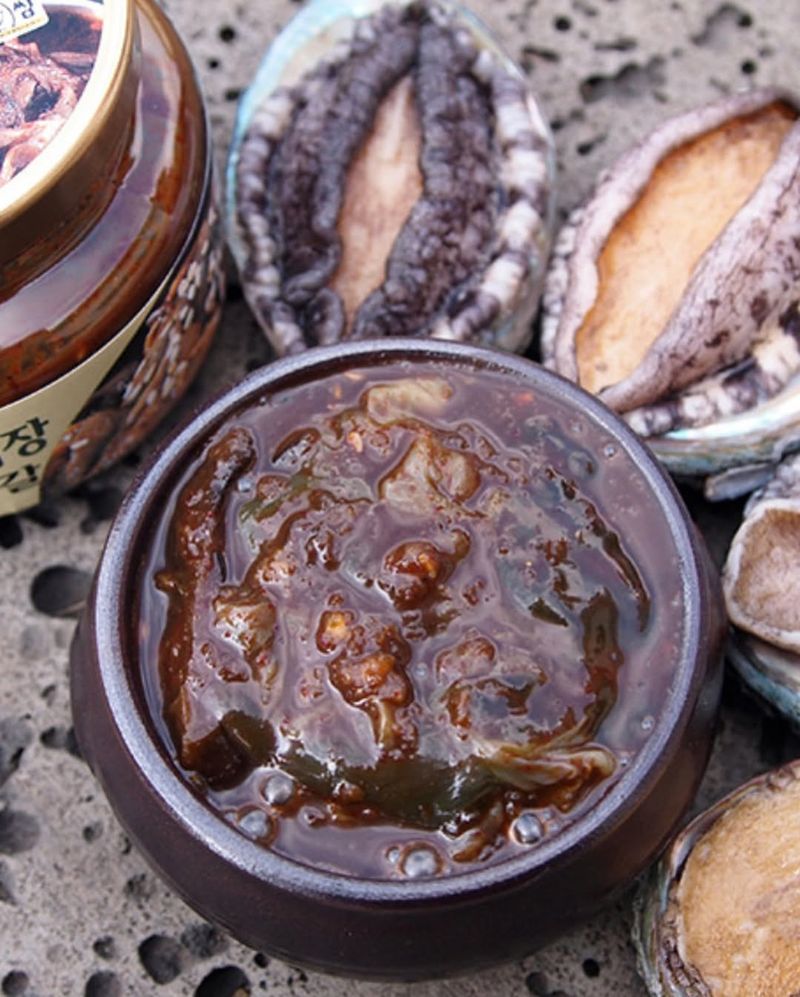
Garum, a fermented fish sauce, was a fundamental ingredient in Roman cooking. Made by fermenting fish entrails with salt, it provided a rich umami flavor to a variety of dishes, including bread and pickled vegetables.
Widely used in Roman kitchens, garum also became a key product in the Mediterranean economy. Its legacy endures today in modern condiments like Southeast Asian fish sauce and Italy’s colatura di alici, an anchovy-based sauce.
6. Chinese Noodles
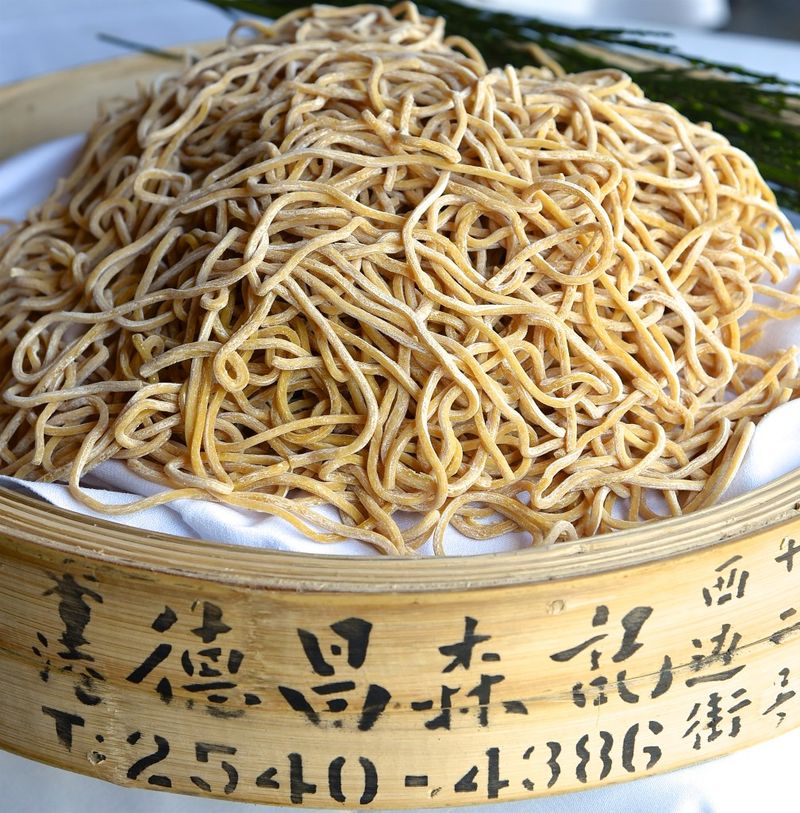
Noodles made from millet grain, discovered in China and dating back 4,000 years, highlight the ingenuity of early civilizations in food preservation. These ancient noodles played a crucial role in the Chinese diet and served as a portable, reliable food source.
The ability to produce and store noodles marked a significant innovation, setting the stage for the rich variety of noodle dishes that are now staples in Chinese cuisine.
7. Indian Sambar
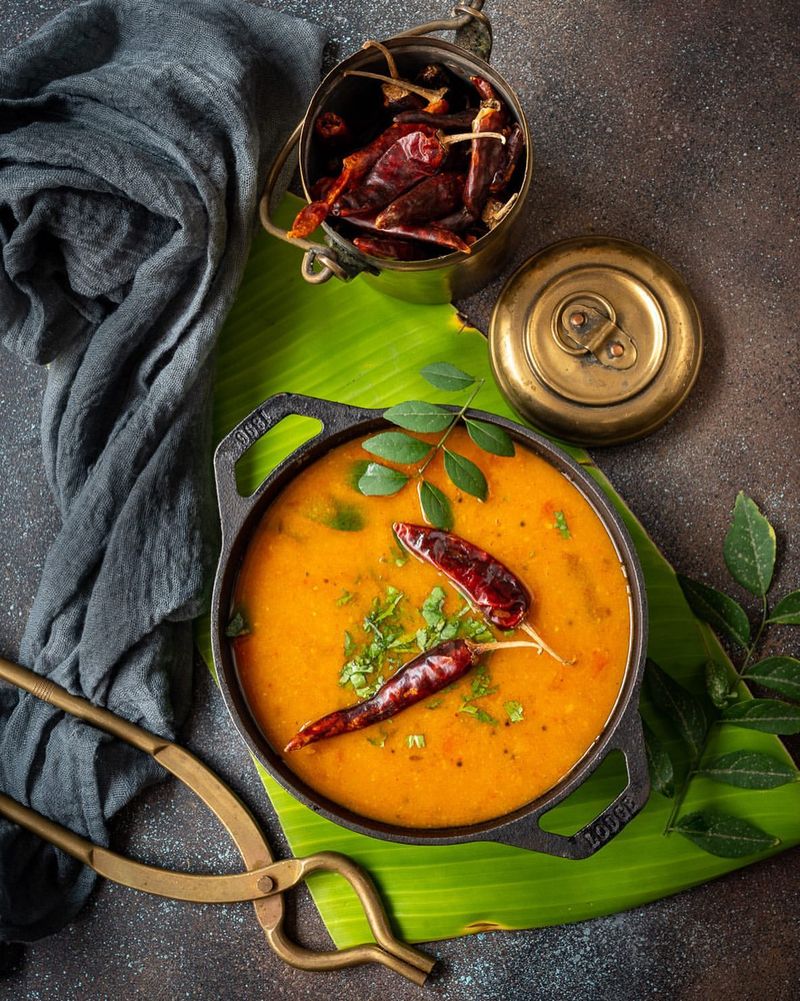
Sambar, a rich lentil stew with a tangy tamarind broth and a variety of vegetables, hails from South India and has long been a cornerstone of Indian cuisine. Typically made with pigeon peas, it incorporates vegetables like drumsticks, eggplant, pumpkin, and okra, all simmered in a flavorful tamarind base.
The tamarind imparts a unique sourness, perfectly balancing the earthy lentils and the sweetness of the vegetables. Traditionally, sambar is enjoyed with rice or steamed rice cakes.
8. Aztec Chocolate
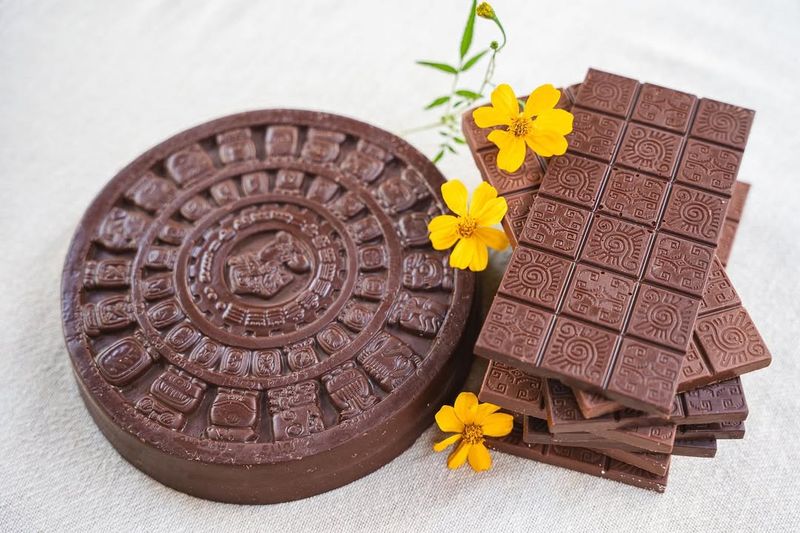
In the Aztec empire of Mesoamerica, a drink made from ground cacao beans, water, chili peppers, and spices like vanilla and annatto became a popular indulgence among the elite. Known as “xocolatl,” this bitter beverage was not only consumed daily by the wealthy but also featured in religious ceremonies.
The Aztecs revered cacao as a gift from the god, Quetzalcoatl, believing that drinking xocolatl could enhance strength and vitality, and was even considered an aphrodisiac.
9. Medieval Pottage
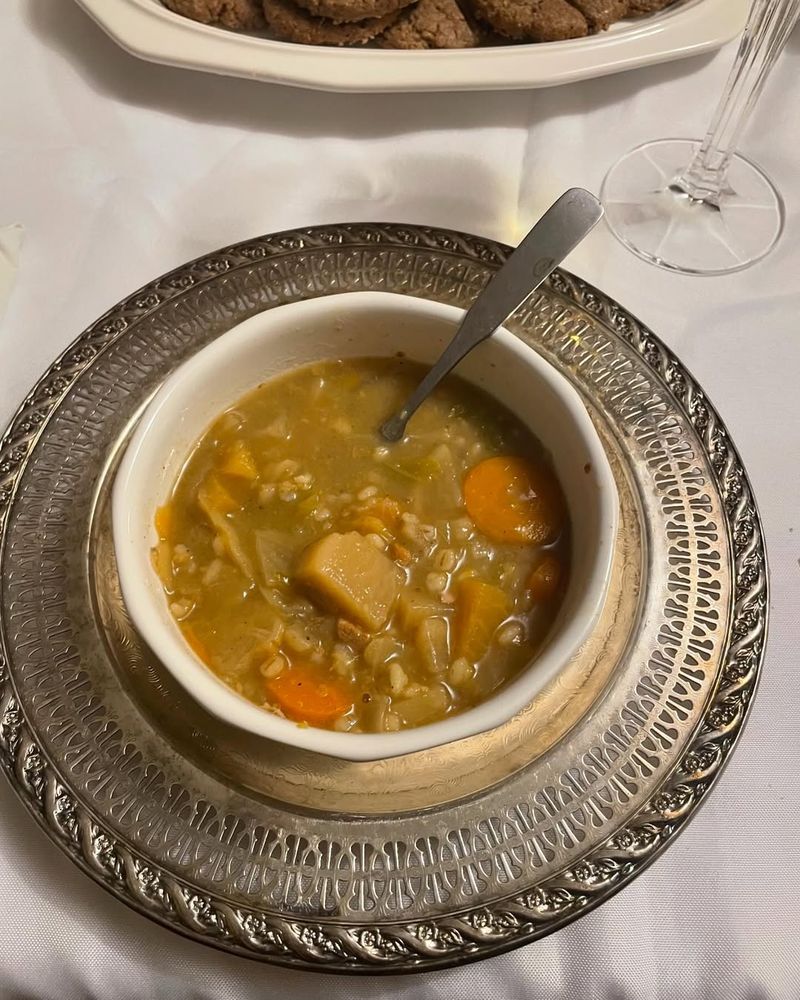
Pottage, a hearty and thick soup made from vegetables, grains, and occasionally meat, was a staple during the Middle Ages. This versatile dish allowed people to make use of whatever seasonal ingredients were available.
The base of pottage typically featured grains like barley, oats, or rye, which provided essential carbohydrates. Turnips, carrots, and parsnips were common additions, with bacon, ham, or offal added when available for extra flavor and protein.
10. Japanese Miso Soup
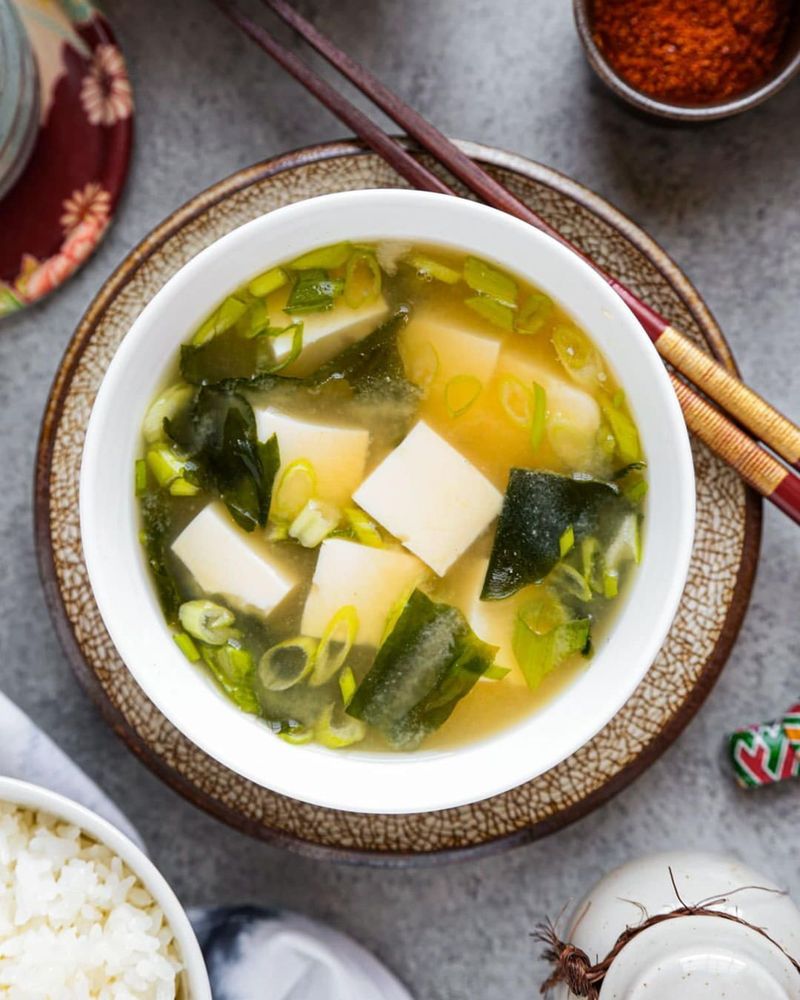
Miso soup, a staple of Japanese cuisine since the 7th century, is made with fermented soybean paste (miso) and dashi broth. Commonly garnished with tofu, seaweed, and green onions, it is traditionally served at breakfast.
The broth is typically made from kombu (kelp) and katsuobushi (dried bonito flakes), which impart a delicate umami flavor that complements the rich, salty-sweet miso.
11. Roman Focaccia
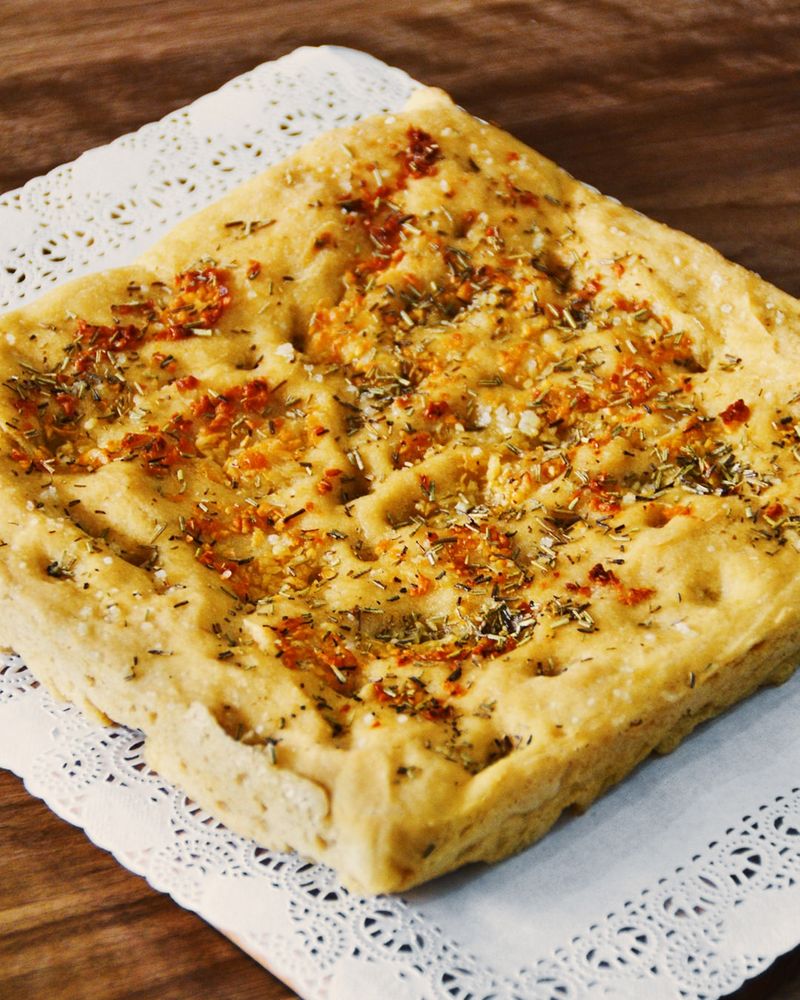
Roman focaccia, a staple in ancient Roman cuisine, is a flatbread made with olive oil, salt, and sometimes herbs. Traditionally baked on hearths, it was commonly served alongside meals.
The simplicity of the ingredients allowed the natural flavors to shine, reflecting the Roman appreciation for practical, flavorful food. Roman focaccia remains a precursor to modern flatbreads, continuing to influence bread-making traditions today.

